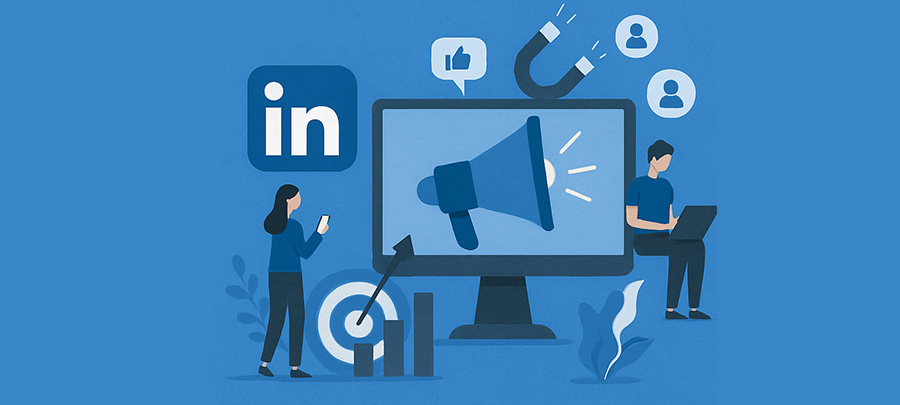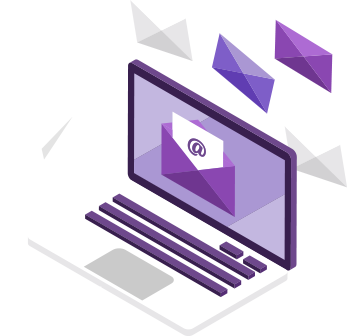

For wine producers and exporters, LinkedIn has become an effective platform to get in a conversation with international buyers. More and more sourcing managers, procurement specialists, and company directors are using LinkedIn to analyze new suppliers, check their credibility, and start conversations. If you are not present and active on LinkedIn, you risk being invisible to the very buyers you want to reach. Building a professional LinkedIn presence is one of the smartest moves a wine producer can make today. This is why, for a number of years now, the BestWineImporters platform also includes links to the LinkedIn profiles of tens of thousands of buyers from the wine, beer and spirits industries, offering a shortcut to these valuable profiles.
In this article, we’ll explain why LinkedIn for beverage producers is essential, how to set up your company and personal profiles, and give you other useful tips for the platform.
Why LinkedIn Matters for Wineries
- Buyers search directly on LinkedIn – Wine importers and distributors often use LinkedIn’s search function to discover new suppliers.
- Direct access to wine industry buyers – Instead of sending cold emails, you can talk to decision-makers instantly.
- Stronger credibility – A professional LinkedIn company page shows buyers that your business is established, transparent, and export-ready.
- Affordable entry point – You can start for free and later consider Sales Navigator for advanced buyer targeting.
- Simply put: a wine exporter’s LinkedIn presence is a key tool to stand out and win buyer attention.
Steps to Build a Strong LinkedIn Presence
1. Create Optimized Profiles
- Company Page: Describe your products, certifications, and export markets. Add professional visuals, logo, cover image, contact details, and your website.
- Personal Profiles: Owners, export managers, and sales staff should have updated profiles linked to the company page. This ensures buyers can quickly identify the right contact person under the “People” tab.
2. Grow Your Network of Buyers
- Join Industry Groups: The “Wine and Spirits” LinkedIn group has more than 134,000 members — including importers and distributors.
- Search and Connect: Use the LinkedIn search bar or use the direct links provided by BestWineImporters to reach the sourcing managers or procurement directors.
- Direct Outreach: Send personalized connection requests. In under 200 characters, explain why you are reaching out and how you can help.
3. Stay Visible and Engaged
- Post Regularly: Share updates on products, certifications, and logistics capabilities. Posts with quality images or short videos perform best.
- Comment on Industry Content: Join conversations and provide your personal insights. This increases your visibility among food industry buyers on LinkedIn.
- Encourage Team Activity: Employees sharing your company’s posts can dramatically extend your reach.
4. Consider LinkedIn Sales Navigator
Once your network grows, you may want to upgrade to Sales Navigator. It allows you to send more requests and messages to the food importers and also to manage leads efficiently.
Best Tips to Find Wine, Beer, and Spirits Buyers on LinkedIn
- Always personalize your connection requests — generic invites are often ignored.
- Focus on quality connections with actual sourcing professionals, not random profiles.
- Post consistently — the ideal number would be once per week to keep you visible in buyer feeds. LinkedIn profiles and some posts are also indexed by Google and add extra visibility for your company
- Use LinkedIn as the first touchpoint — once you connect, move discussions to email or phone for detailed negotiations.
Final Thoughts
LinkedIn is no longer optional for wine exporters. It is where professional relationships in the wine trade increasingly begin. With the right strategy, wine, beer and spirits producers can build credibility with international buyers, showcase their products and certifications, and message efficiently. BestWineImporters is the best tool to empower your LinkedIn strategy, as it offers not only company and contact data for wine importers, but also the names and LinkedIn profile links for more than 20.000 purchasing and sourcing managers. To see how the platform works, you can get a quick demo here.





